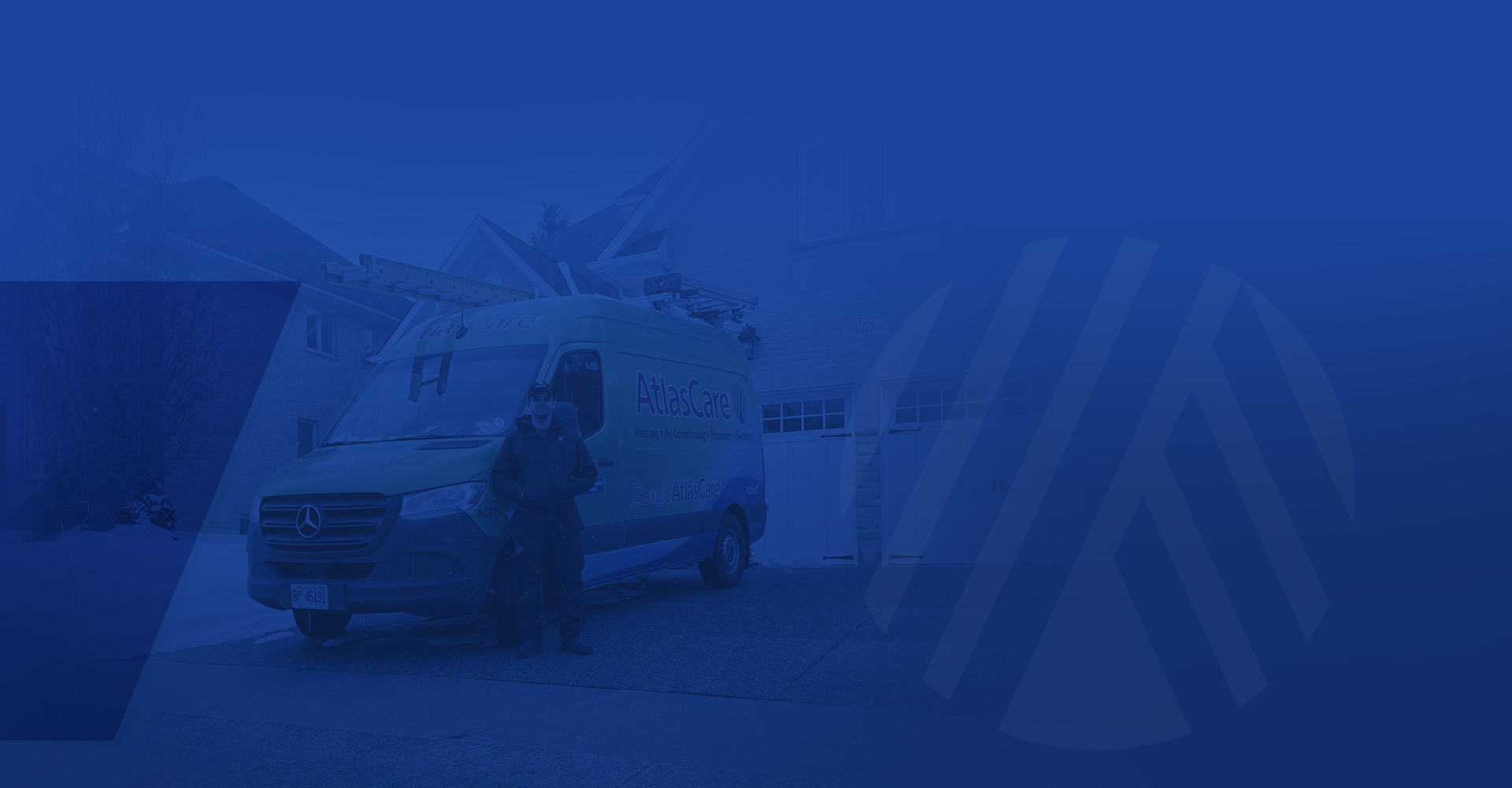Your water heater is likely tucked away in a closet or deep in the depths of your basement. Out of sight, out of mind. But what if we told you that a tankless water heater is a space-saving, energy-reducing, water-conserving alternative that can provide endless amounts of hot water throughout your home?
These facts might just make you give your water heater a second look.
Traditional Water Heaters
Traditional water heaters are ‘storage’ or tank-style units that fill with cold water, heat it, then keep it warm until it’s used. Here in Ontario, most homes use this type of water heater. However, these units come with three notable downsides:
- Once the tank is about 2/3 empty, the hot water runs out. If you need more, you’ll have to wait for the tank to refill and reheat. This process doesn’t take too long, but it can be frustrating, especially if many people are living in the home. If you’ve ever lived in a house where you couldn’t take a hot shower while the dishwasher was on, it’s because the tank ran empty.
- Traditional water heaters are not very energy-inefficient. They must constantly heat the water inside the tank, thus consuming energy 24/7 and resulting in standby energy losses. The tanks have good insulation nowadays, and it’s possible to add additional insulation through exterior jackets, but it remains costly. Water heating accounts for 19% of the average home’s energy use, more than all household appliances (excluding furnaces) combined.
- Water heaters take up a lot of room. Some units are wall-mounted, which saves some space, but the bottom line is that a smaller tank means less hot water available.
It’s not to say that storage tank water heaters are bad news – they remain the model of choice for most homes, and there are high-efficiency models available from manufacturers like Rheem, A.O. Smith and Weil McLain.
Still, if you’re planning to replace your water heater soon, the tankless alternative is well worth your consideration.
How Tankless Heaters Work
So, how does a tankless water heater get the job done?
Simple. When you turn on the hot water tap, cold water is drawn through a pipe into the unit and heated either by an electric heating element or a gas burner. It heats the water on-demand, which is why tankless water heaters are often called ‘demand water heaters.’ Tankless water heaters typically deliver hot water at a rate of 2-5 gallons per minute, and gas-fired models will usually have higher flow rates compared to electric.
Types of Tankless Water Heaters
There are two main types of tankless water heaters: small, point-of-use units and whole-home units.
Typically, small units are designed to service a single room and often installed near the point-of-use. These smaller models can reduce heat losses through piping, but multiple units are usually needed to serve a whole home. They can be useful for supplementing a regular water heater for a bathroom or in a location far from the main water heater.
Larger tankless water heaters can provide hot water for multiple points-of-use throughout the home. While these units eliminate the heat losses from a storage tank, there will still be some minor losses through the hot water piping unless it’s fully insulated.
Pros of Using a Tankless Water Heater
Tankless water heaters solve the issues that traditional water heaters present. Here’s how:
- Tankless water heaters essentially provide endless hot water, with the caveat that is its flow rate. To size a demand water heater, you must determine the flow rate you'll need for its application. For example, your tankless water heater might not provide for two hot showers and a dishwasher at once, but if five people took turns showering one after the other, they would all get hot water.
- Since tankless water heaters heat water on demand instead of keeping a tank warm 24/7, tankless units use a lot less energy. An ENERGY STAR certified tankless water heater uses 30% less energy on average than a storage tank type.
- Tankless water heaters are wall-mounted and much smaller since they dispense with the need for a big storage tank.
Cons of Using a Tankless Water Heater
There are a few downsides to tankless water heaters, namely:
- They come with higher upfront costs. They often require new venting and gas lines as part of the installation and these costs can add up. However, these costs are recovered upon installation, with the energy savings of not constantly re-heating water in the tank.
- Due to the reduced flow rate, tankless water heaters may not be compatible with low-flow faucets/showerheads.
Interested in learning more about tankless water heaters to make sure they’re the perfect match for you? Check out our selection of tankless water heaters or fill out our contact form to receive a free quote for water heater installation and services in Toronto.






